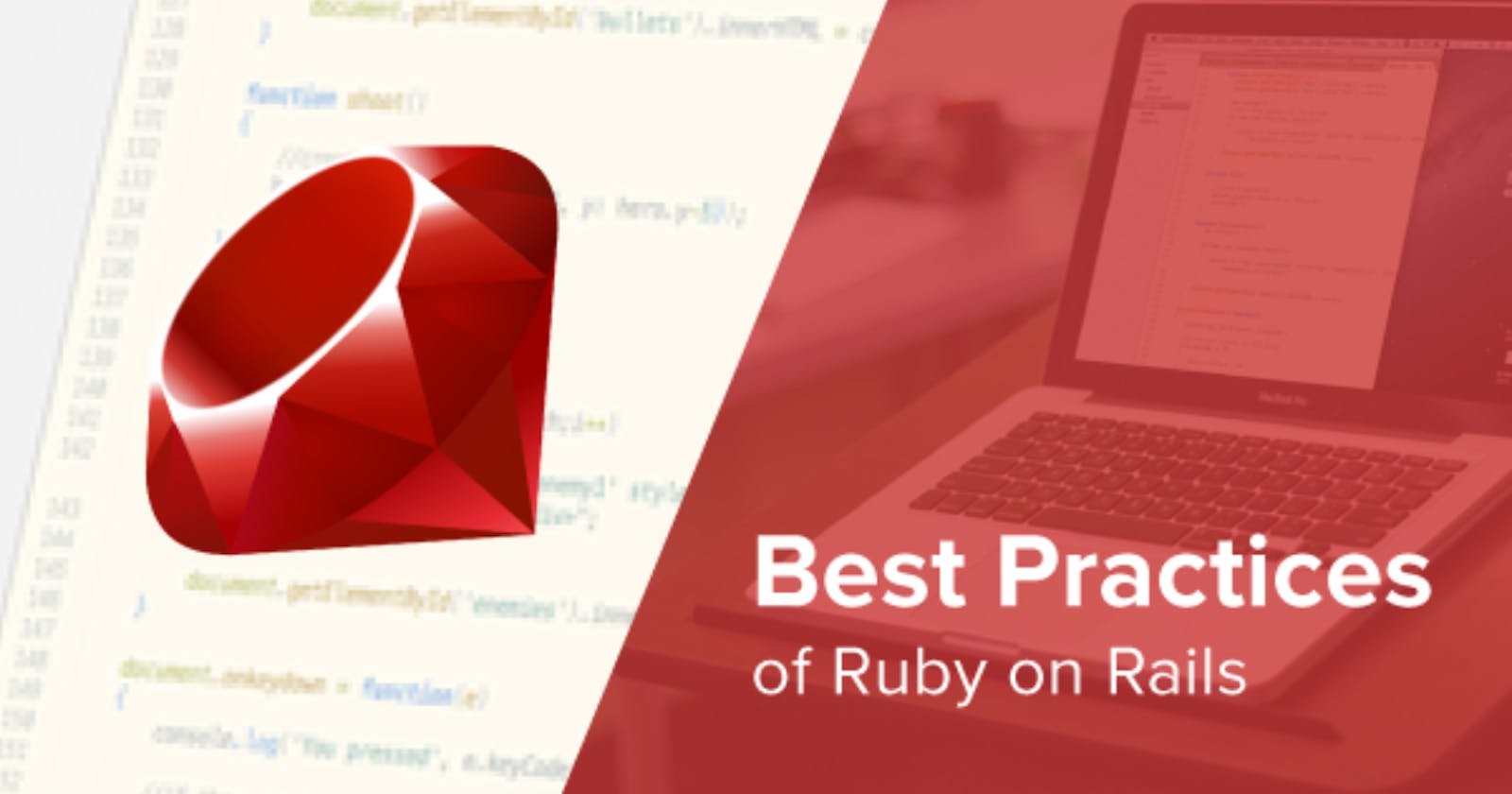Ruby on Rails is one of the most robust technology. However, if the Ruby on Rails Developer does not know how to take optimum advantage of this technology for their project the true potential of this technology might go waste.
Hence, we have stated the core Ruby on Rails Best Practices which will come in handy to you once you want to get on with your Ruby on Rails Project. Let’s get started with the best ones first,
Domain Items Consider the Single Responsibility.
Out of numerous designs. What is the one duty that models have? Should it support business logic? Is it to uphold irrelevant logic?
No. Its job is to manage the abstraction of the persistence layer.
Domain objects may contain all business logic as well as any non-response- and non-persistence-related logic.
Classes called domain objects are made to solely handle one duty within the problem is actually domain. Your lessons should be Their Architecture Cries
(new window opens)
for the issues they fix. In real life, you should aim for slender vistas, skinny controllers, and skinny models. The framework you select shouldn't have an impact on the method's architecture.
Over Configuration, Convention
For your database with Rails, you'll be taking a look at models, views, and models. Rails use rules to make using the application easier and lessen the need for complex configuration. Although you are free to create your own rules, it is advisable to start out by following the ones that Rails provide.
These principles will facilitate maintenance, keep your code clear and understandable, and enable simple application navigation.
Conventions also make it easier for newcomers to get started. A novice can take advantage of Rails' many conventions without becoming aware of them because there are so many of them. Without understanding why everything is set up the way it is, you can still make excellent applications.
Avoid Reiterating Yourself (DRY)
Rails adhere to the DRY concept to assist in the maintenance of clean code. It entails reusing as much code as you can rather than repeatedly writing the same piece of code (for example, using partials).
This upholds the idea of writing code only once and then utilizing it often while lowering errors and keeping your code clean. Additionally, updating code in one location is simpler and more effective than updating the same code in different places. resulting in more robust and modular programming.
Permanent Refactoring
The product is consistently getting better. The modification allows us to ensure that the product is constructed using best practices and does not turn into a patchwork.
Hire Ruby on Rails Developer and get started with your project within 48 hours!
